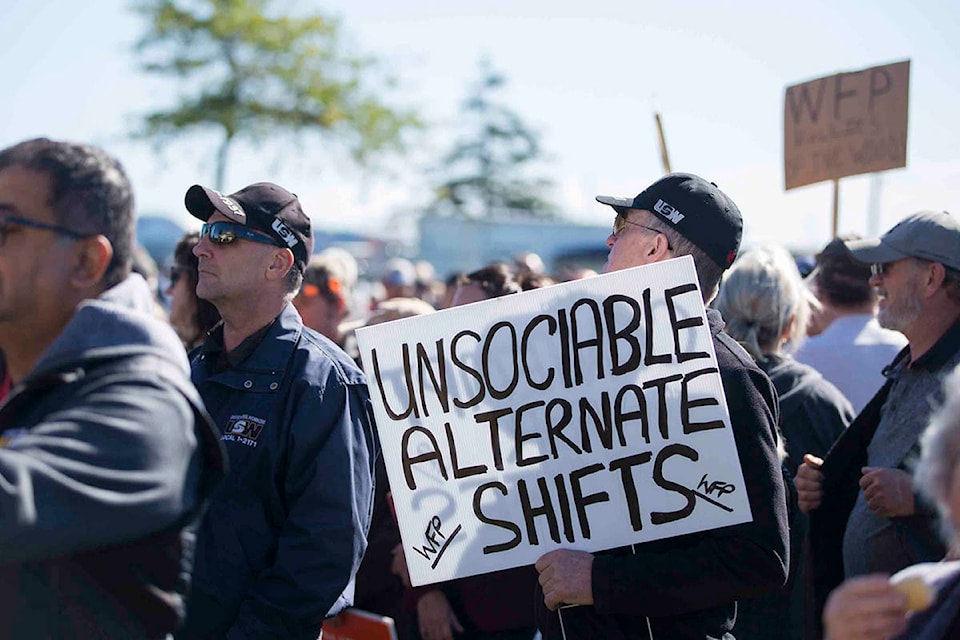Amid uncertainty in Vancouver Island communities around the forestry sector, the provincial government is stepping in to help.
In 2018, the Interior region of the province was hit hard by wildfires. Much of the timber in the region was destroyed, and combined with a depressed housing market in the United States and sawmill closures, that left many forestry workers without work.
The next year the province created a short-term Forestry Employment Program (FEP) that took the experienced forestry workers and put them to work in improving infrastructure and recreational opportunities in the area. Now that program has been expanded greatly to the rest of the province to help forestry workers cope with the COVID-19 pandemic and other downturns in the industry.
“The provincial government put some money forward to employ these individuals to start building infrastructure, upgrading our recreation sites, upgrading a bunch of the locations that we don’t normally have budgetary allocations for because of our overhead costs and that kind of thing,” said Graham Cameron, Discovery Coast Recreation District recreation officer.
A lot has been going on in the coast over the last few years, again with the downturn in the economy, the strike at Western Forest Products and the amalgamations under Mosaic. All these changes had an impact on the coast forest industry.
“The forestry community on the Island and the coast were really hurting as well,” he added.
The FEP was expanded in response.
“The NDP government has extended the FEP program this year to the Coast and we’ve been able to access that money now. We’re seeing a whole bunch of people who are out of work in the forestry sector, we’re keeping them employed and putting them back to work right now,” Cameron said.
The total budget for the program was increased from $9 million to $21 million, which Cameron says has to be allocated by the end of the governmental fiscal year on March 31.
“It’s an incredible boon for our local communities, especially when the specific direction around these programs is to make sure the money is being spent within our local community and everything,” he said. “It’s a really really positive economic stimulus for the Campbell River area and larger Discovery Coast area in general.”
The district can use these funds for a wide variety of projects that require experienced workers who know their way around the forest. Some of the work involves trail maintenance, road building, heavy equipment operation, falling crews, long-haul truckers and more.
Recreation Sites and Trails, Graham’s own branch of the Ministry of Forests, Lands, Natural Resource Operations & Rural Development, has access to the funding and is looking to use it to bring in needed improvements to the recreation opportunities just north of Campbell River.
“We have over $600,000 of investment that we’re doing to our sites right now within the Campbell River area. Up-Island we also have a couple of projects on the go, one in Bella Coola, a couple up in the Port Hardy area, and then we have six more going on here in the Campbell River area within the Snowden Forest and ERT recreation sites,” he said. “I think the general public is going to see some really amazing improvements to the environment just north of Campbell River and throughout the Beaverlodge Lands because of this opportunity.”

